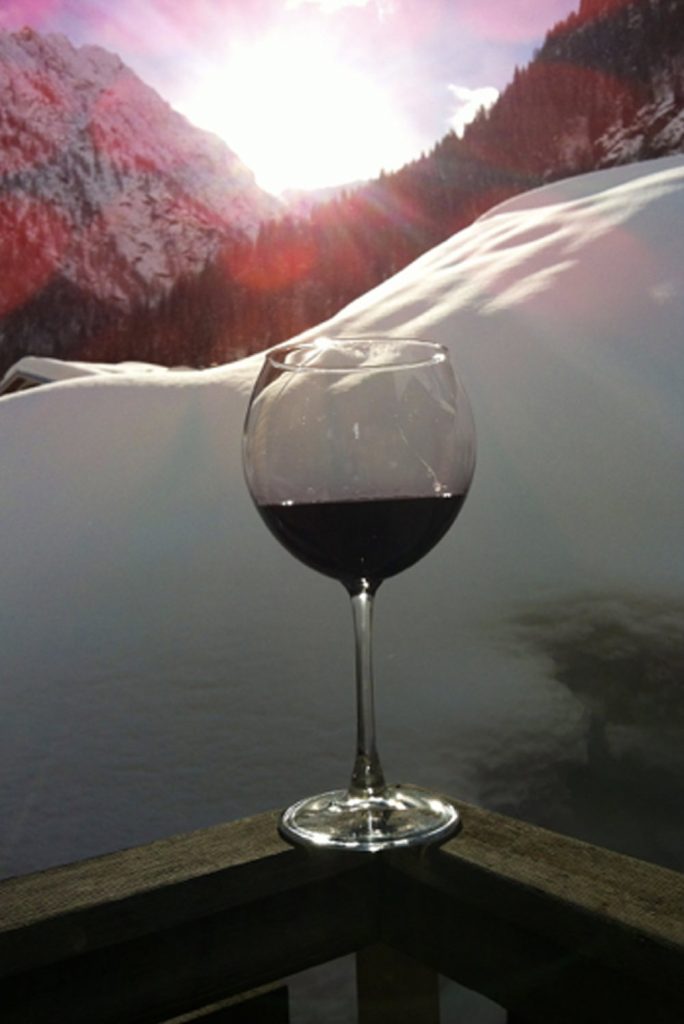Descending through the Valsesia from Alagna towards Vercelli and Novara – or for those who return to Malpensa – towards the motorway, on our left is a small appellation around the town of Boca. Here the soil is of volcanic origin in red porphyry that strongly influences the positioning of the vineyards.
It is a delimited territory of only 700 hectares of vineyards, where the vines have their roots in a rocky and harsh soil of volcanic origin, from which the grapes draw the saline richness that gives Boca its unique character. Already in 1300 the wine of Boca was described as “known in antiquity”. Boca was born from the vinification of Nebbiolo, Bonarda Novarese (Uva Rara), Croatina and Vespolina grapes. The colour, bright ruby red with subtle shades of garnet; the bouquet, a characteristic and pleasant scent of violet; and the flavour, savoury, dry, harmonious, with an aftertaste of pomegranate, distinguish this wine. Aged for at least 3 years, it is very long-lived.
In the Boca area, there were few growers and winemakers left. Among these, Davide Carlone, with the help of his sister Michela, has kept the tradition of vine cultivation on volcanic soils alive. Carlone’s wines are a real explosion of red fruits, tobacco and leather, while remaining “youthful” and fresh.
The area of Boca, which until recently seemed destined to disappear, is experiencing a revival. Continuing our drive towards the town of Boca, we come to the splendid Podere ai Valloni, with its refined Boca, where the austerity of Nebbiolo is lightened by the Uva Rara. Grapes are certified organic. Not far, on another hill, is an ancient farm among the vines, Cascina Montalbano. Alessandro is passionate about his vines, which he takes care of alone. His wines are generous, and austere. A hint of oak from smaller barrels (tonneaux) lends these wines a specific note.
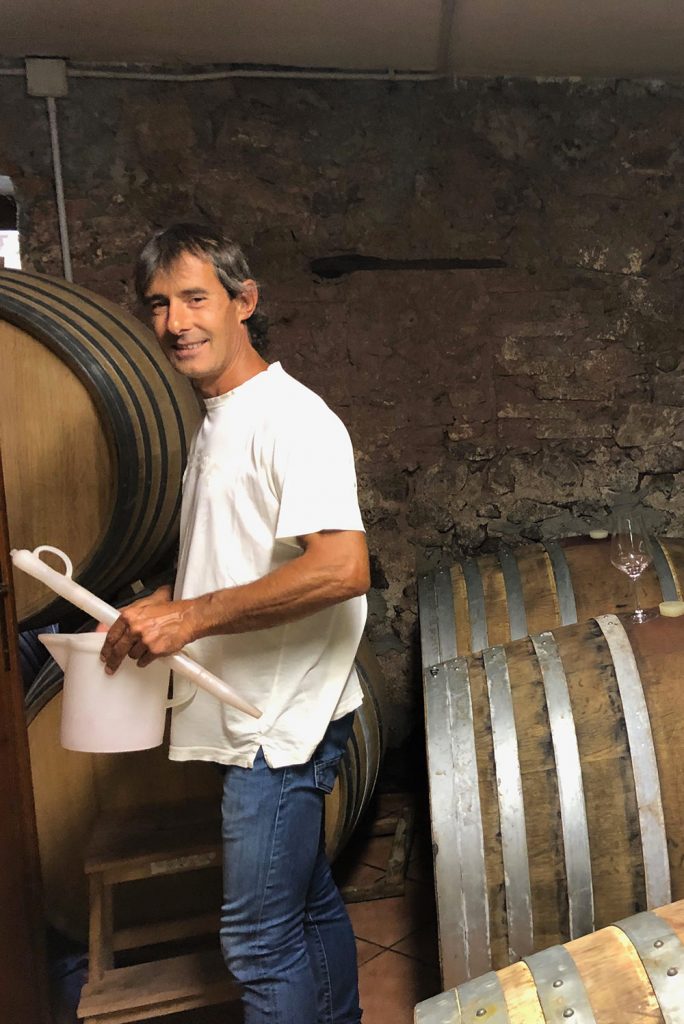
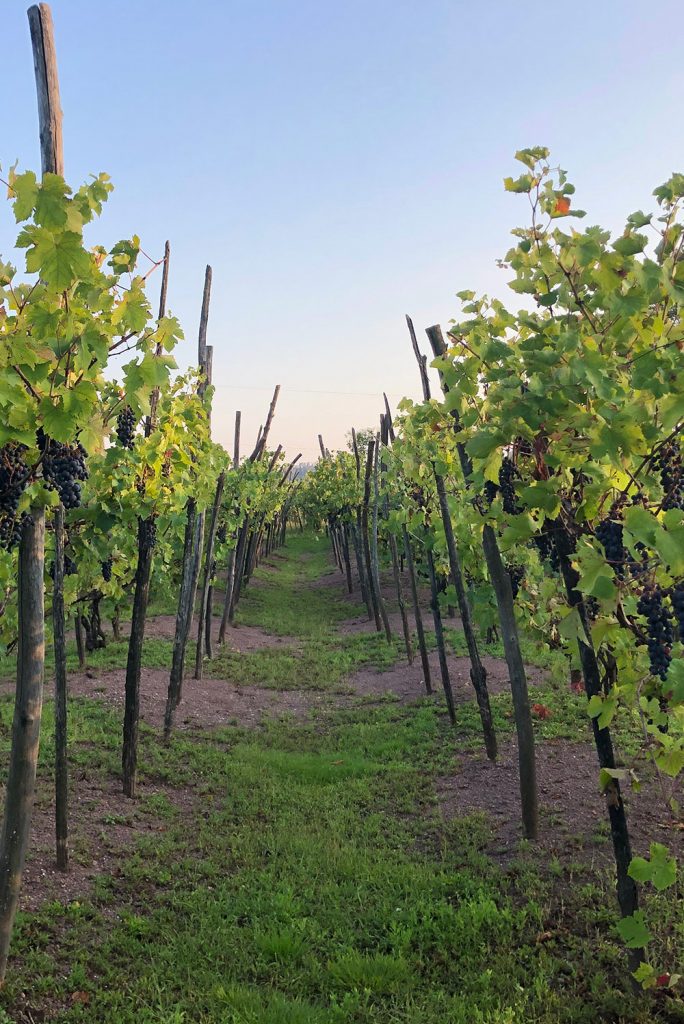
In 1998, a Swiss enthusiast, Christoph Künzli, drove through Boca and asked if anyone still had some wines for him to taste. An older gentleman named Mimmo – at that time the only man in Boca still making wine “professionally” – took him to his cellar, and they started tasting wines which had aged for decades. Christoph could not believe that wines of this greatness were not more renowned and actually at risk of “dying out”. He decided to invest in the purchase of some land and built a new winery called Le Piane. Thanks to Christoph’s international experience, Boca has returned to attract the attention of wine lovers from all over the world. We can only say that Boca Le Piane has been, for us, an authentic “coup de coeur”. Now Boca is coming back! Ancient vineyards, which the woods had claimed back, are being cleared and new vines planted. There is great energy in these lands!
We have Boca D.O.C. from four producers in our assortment. The requirement for BOCA DOC is that Nebbiolo is blended with Vespolina and/ or Uva Rara (min. 10% – max. 30%) and aged for at least 34 months before release, of which at least 18 months must be in oak casks. The other wines in this area fall within the Colline Novaresi DOC appellation, as long as they are obtained from autochthonous grapes Nebbiolo, Vespolina, Croatina, Uva Rara and Barbera.
OUR WINERIES
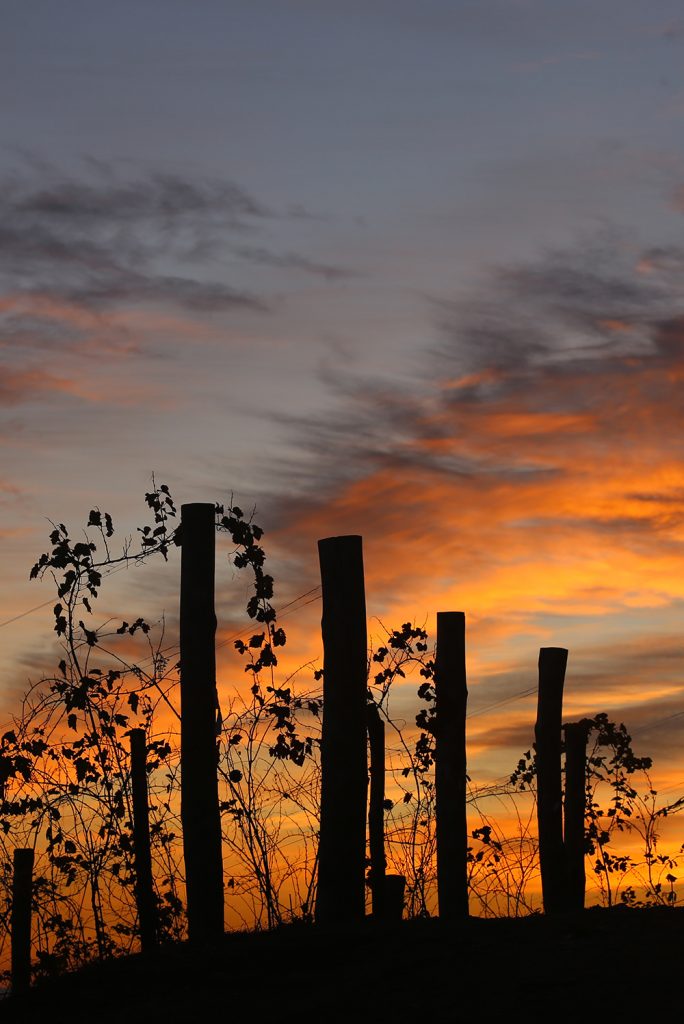
PODERE AI VALLONI
Production is limited to around three thousand bottles per year. Ageing in large barrels is extended to three years. This is followed by at least another twelve months in the bottle before it is put up for sale.
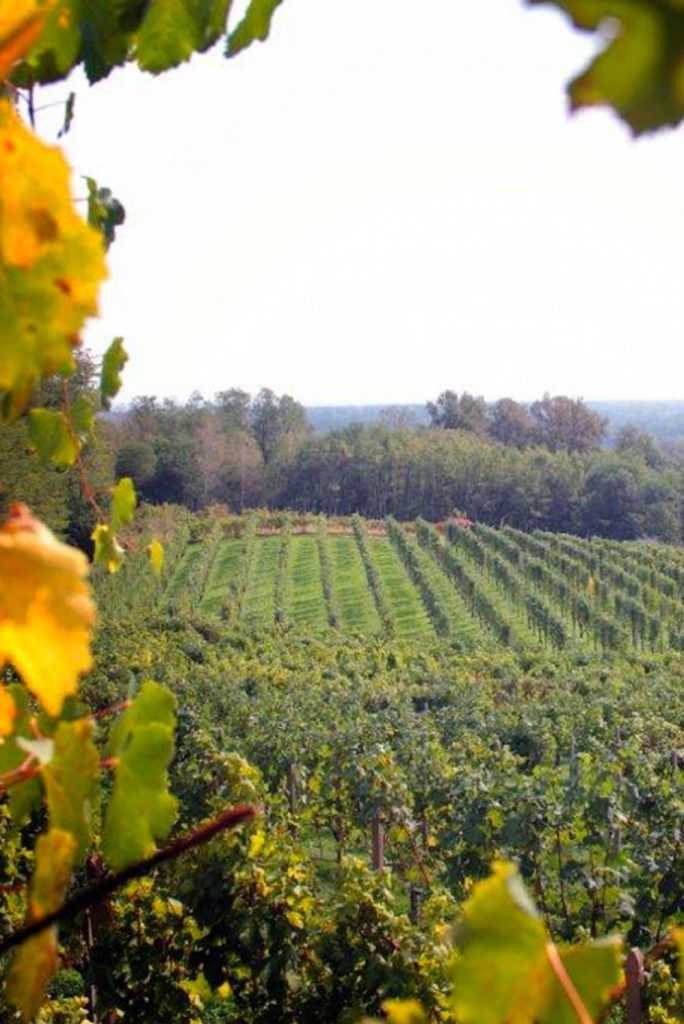
CARLONE DAVIDE
The Boca appellation encompasses five communes: Boca, Maggiora, Prato Sesia, Cavallirio and Grignasco. The latter is northernmost and closest to the mountains. Here, in a hamlet called Torchio – which literally means “winepress” – Davide Carlone has prouduy kept the family’s long winemaking tradition alive with the aid of his sister Michela.
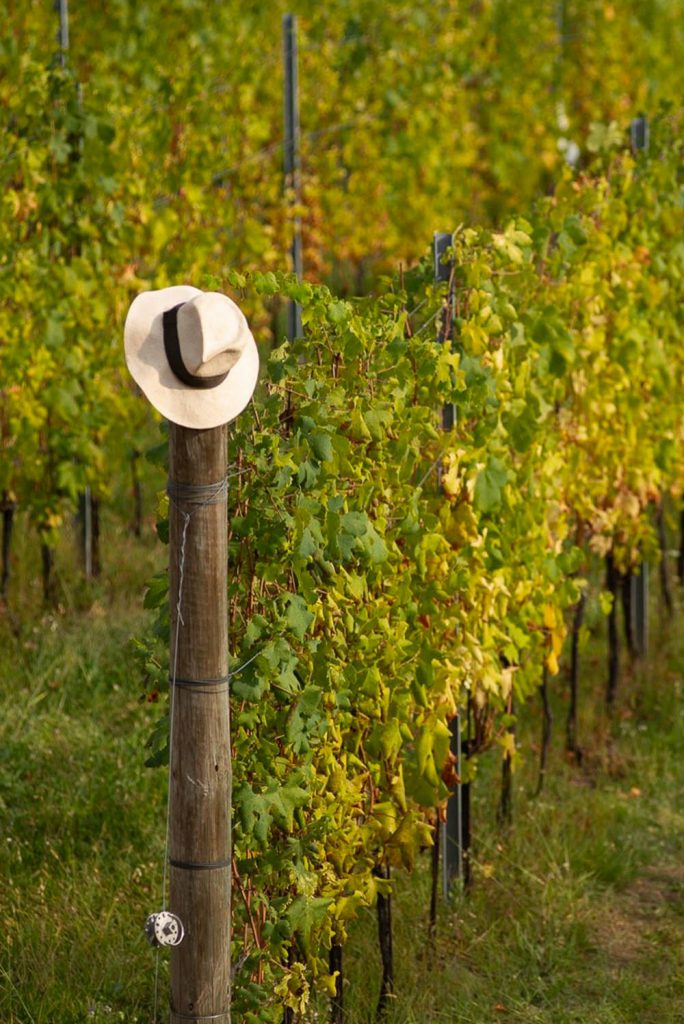
CASCINA MONTALBANO
Alessandro Cancelliere does everything by himself in this small vineyard of one and a half hectares. His winery is an old farmhouse with some remains of Renaissance frescoes, which are reproduced n the label. A beautiful place!
